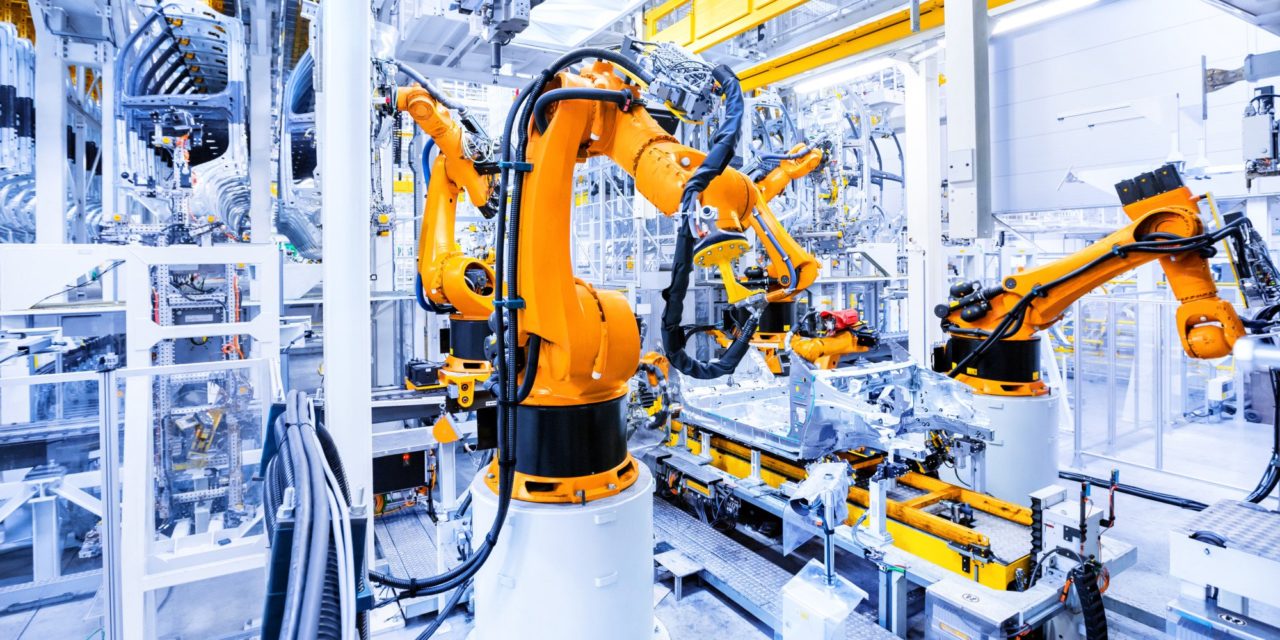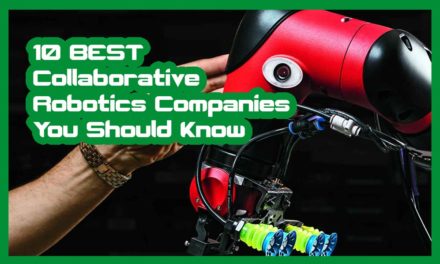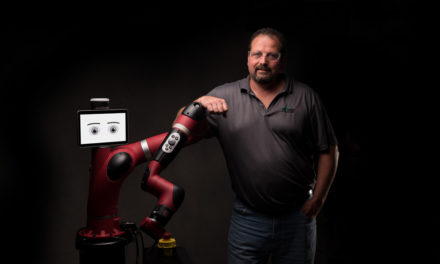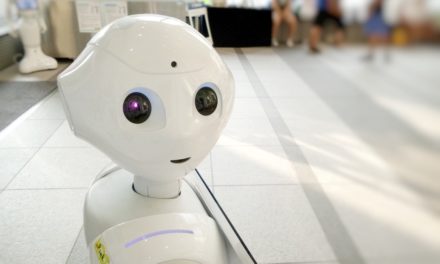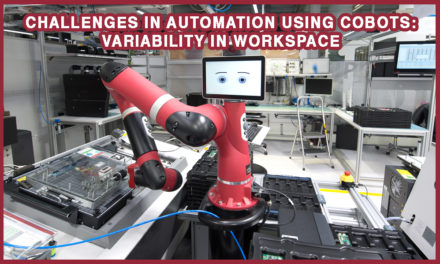Intelligent, physically embodied machines, robots are becoming more and more integrated into the many aspects of our world, each day.
In the 1960s, Silicon Valley company SRI International introduced the first alert, mobile robot. The robot, Shakey, was able to navigate a complex environment. While it was awkward and slow, Shakey set the standard for what was to follow, which is a groundbreaking sector of industrial robotics that is making waves in the world of technology more each day.
Better algorithms and stronger processors are allowing robots to become more efficient. As a result, many grueling, tedious, dangerous, and monotonous human jobs are being replaced by robotic machines.
But what is industrial robotics all about? Keep reading to uncover a beginner’s guide to industrial robotics.
What Are Industrial Robotics?
Industrial robotics are mechanical devices that are programmable. They are used in replacement of humans as they can perform repetitive or dangerous tasks with extreme accuracy.
Many parts go into making industrial robotics. Cables, small parts, grippers, guarding, and many other components are used to make these robots.
What Are the Different Types?
While there are many different types of industrial robotics, there are a few main types that are used by many different manufacturers.
Cartesian robots are also known as linear robots. Using the Cartesian Coordinate system, these robots work on 3 linear axes, which means they move in straight lines on 3 different axes.
They are popular because they are flexible in terms of what they can do. Their speed, stroke length, precision, size, and stroke length can all be adjusted. They are often used for 3D printing and CNC machines.
Another popular manufacturing robot is an articulated robot. Their configuration and mechanical movements closely resemble human arms.
Most have 4 to 6 axes, with each additional one allowing for a greater degree of motion. Typically, articulated robots perform arc welding, material handling, packaging, machine tending, and assembly.
SCARA robots function on 3 axes and also have rotary motion capability. They are typically used for assembly, palletizing, and bio-med application.
Cylindrical robots always have a rotary joint at the base and then a prismatic joint to connect the links. They are often used in tight workspaces for machine tending, simple assembly, and coating applications because of their compact design.
Delta robots or parallel robots have 3 arms that are connected to a single base. They work in a dome shape, and they can move precisely and delicately at high speeds because of the joint of the end effector being directly controlled by all 3 arms. They’re typically used for quick pick and then place applications in the pharmaceutical, food, and electronic industries.
Polar robots are one of the first industrial robots ever to be developed. They’re spherical robots. And they are commonly used for injection molding, welding, die casting, and material handling.
Last but not least, collaborative robots can safely interact with humans in a shared workspace. There are many different brands and types. They’re typically used for palletizing, pick and place, quality inspection, and machine tending. Check out this article for even more interesting information about collaborative robots.
What Are the Benefits?
Industrial robots create many benefits, including producing consistent quality results. A robot that paints, for example, can paint evenly, without any drips or spills.
Robots make human jobs easier by taking over repetitive tasks. They also reduce mistakes and waste, reduce the risk of human injury, and improve productivity and output.
Despite high initial costs, industrial robotics do deliver a great return on investment (ROI). When they are consistent and programmed properly, they reduce waste and boost overall product quality.
Because of the many benefits, the use of industrial robots is becoming increasingly properly. Robots can work for hours on end and perform the same tasks for years and years.
How Are They Integrated?
It’s a misconception that the use of industrial robotics means that there is no longer a need for human workers.
Robots can be made to integrate with machinery that is already existing in a workspace. They can take over more hazardous and dangerous tasks to allow humans to focus on jobs that require more skill.
They still need human supervision, repairs, and maintenance.
It’s common for employees to be reluctant to accept the introduction of robots into their work environment. But all you have to do is to remind them that those robots will make their workspace safer.
How Popular Are They?
In 2017, the worldwide shipments of industrial robots were about 387,000 units, which is almost 100,000 more than the prior year.
The huge amount of growth can be mostly attributed to the automotive sector. There were over 125,000 new installations in the automotive sector in 2017.
Countries that have strong automotive industries have a high robot density. In fact, in Japan, there are about 1,240 industrial robots per 10,000 automotive employees.
It’s expected that the use of industrial robotics will encourage industrialized countries to move their productions back to domestic shores.
Industrial Robotics Will Only Continue to Improve
Industrial robotics will continue to become more popular year after year and into the future. They are making waves in a variety of industries, and in particular, the automotive industry.
Furthermore, they increase productivity, make workplaces safer, and take over monotonous jobs. This way, humans can focus on jobs that require more skill.
Even though initial costs are high, industrial robotics has shown that a lot of money can be saved as a result, and for years into the future.
Would you like to learn how industrial robotics may help your business? Go ahead and request a demo or give us a call.

